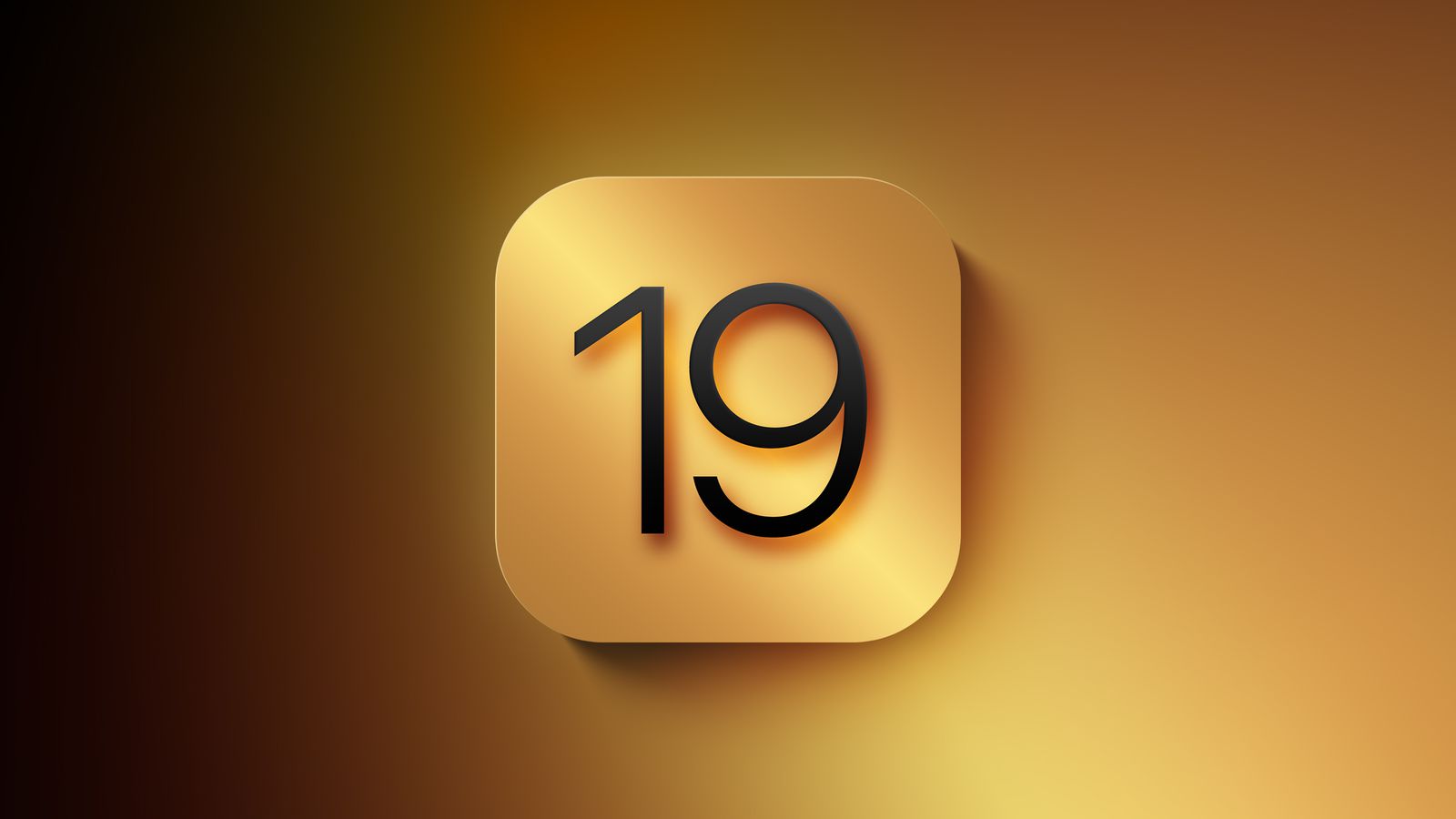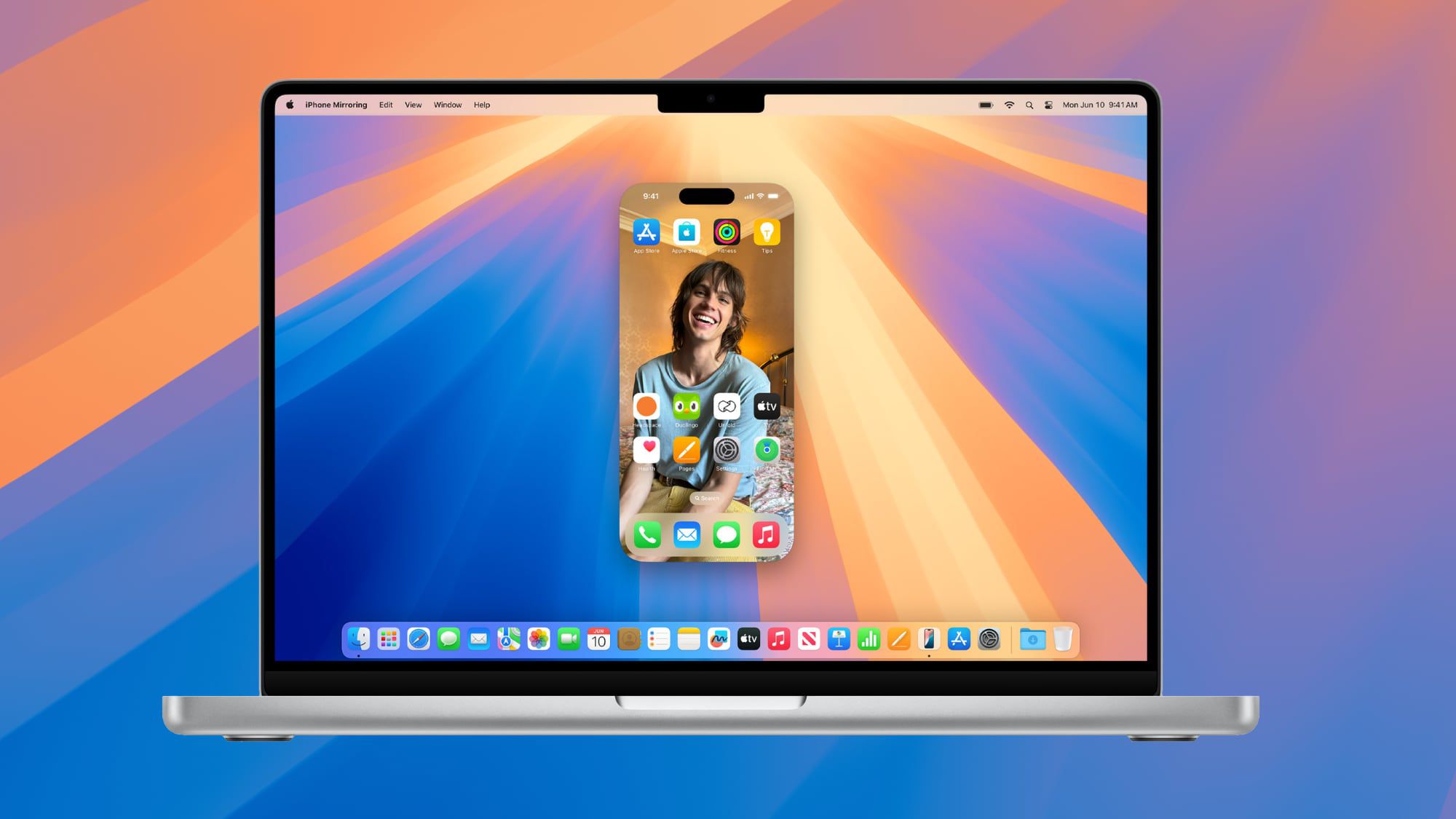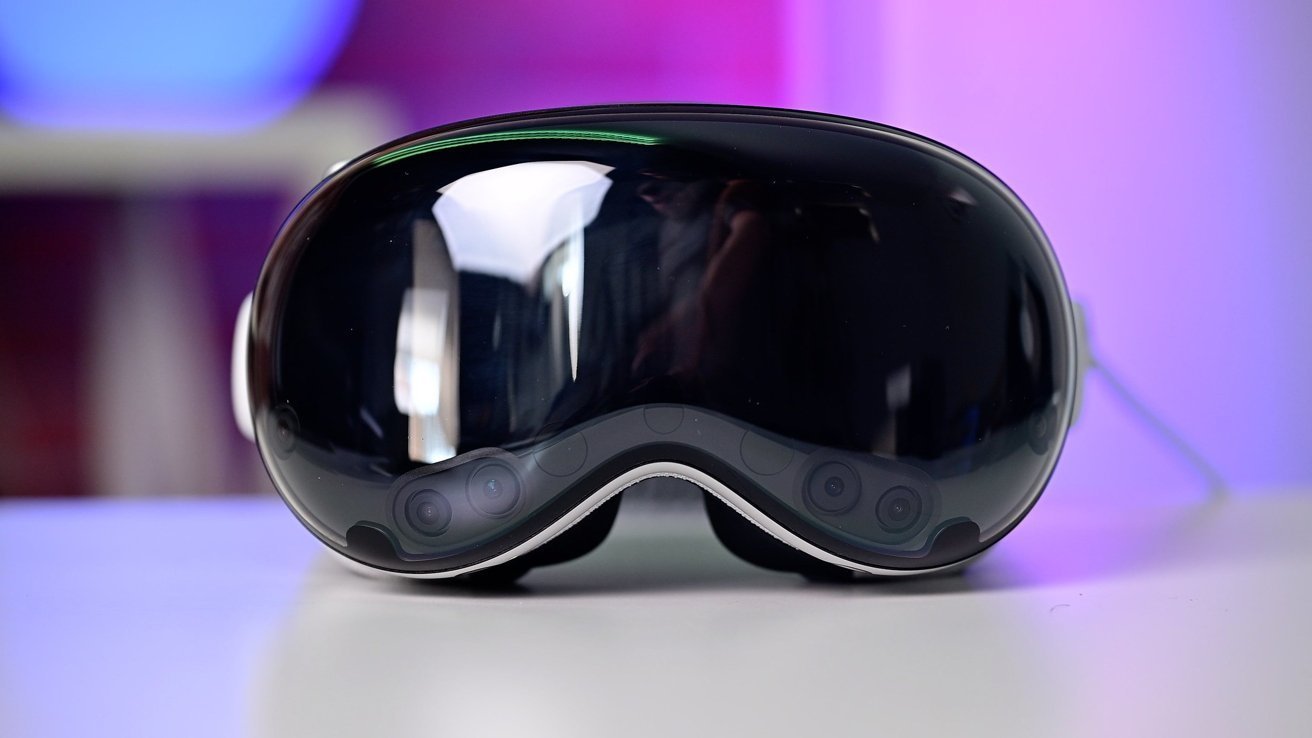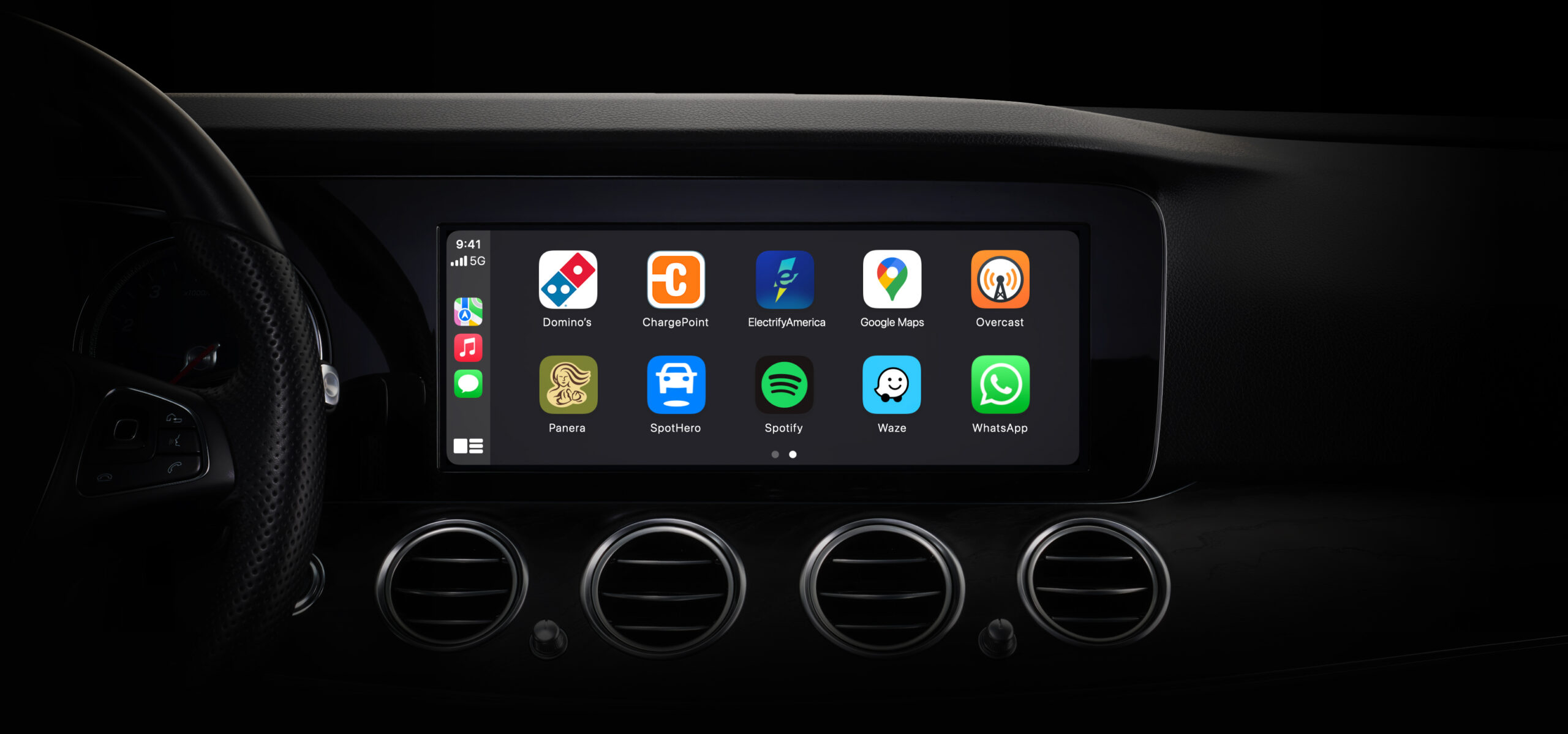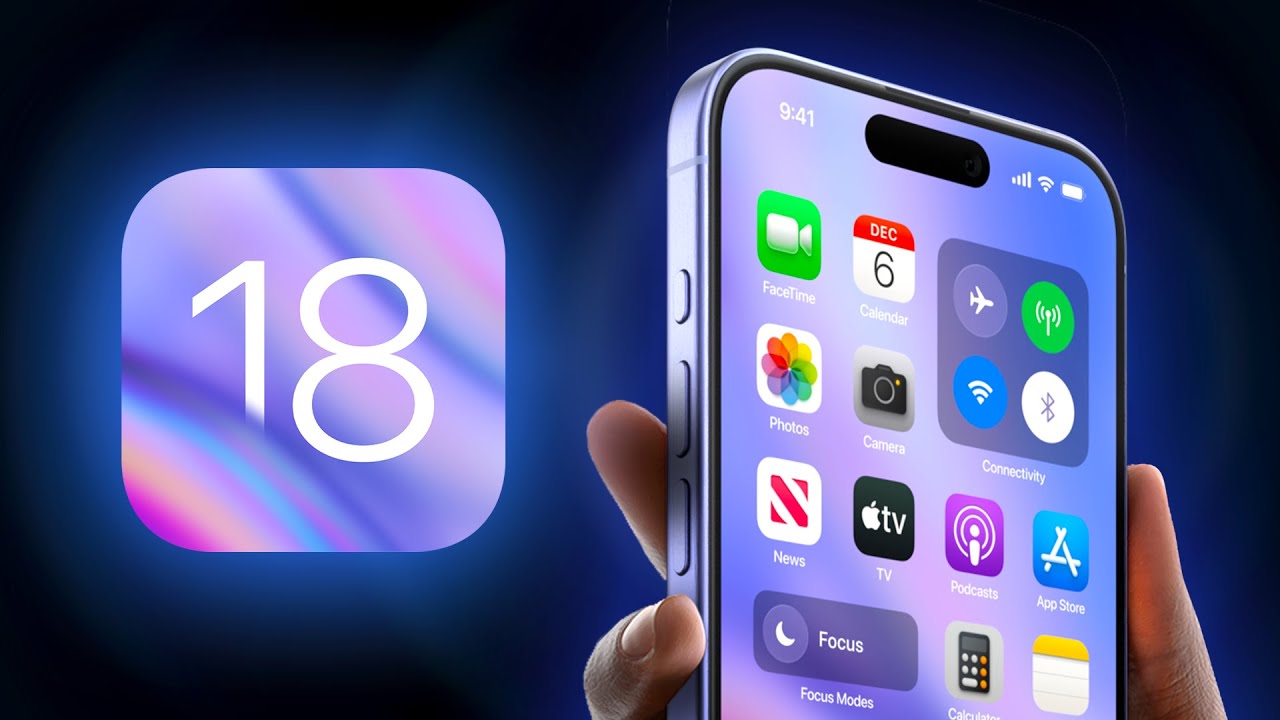Apple recently dropped a small hint about iOS 19, and it’s got people buzzing. The tease came during a quiet moment, tucked into a developer update, and it feels like a breath of fresh air. After years of steady but safe updates, this sneak peek suggests Apple might be ready to shake things up a bit—and honestly, it’s about time.
The vibe here is playful yet bold, like Apple’s testing the waters for something bigger. It’s not a full reveal, just a tiny taste, but it’s enough to spark curiosity. Think of it like a chef teasing a new dish—you don’t know the full recipe yet, but the aroma’s got you hooked. Fans and developers alike are already guessing what’s next, from smarter features to a fresher look.
For a while, iOS updates have felt like small steps forward: better battery life, smoother apps, nothing too wild. But this iOS 19 hint? It’s got a different energy. It’s as if Apple’s saying, “Hey, we’ve got some surprises up our sleeve.” Maybe it’s a sign they’re listening to users who’ve been craving more excitement.
We won’t know the full story until later this year, but this little clue has us hopeful. If Apple pulls it off, iOS 19 could be the update that reminds us why we fell in love with their tech in the first place. Fingers crossed for something big!
